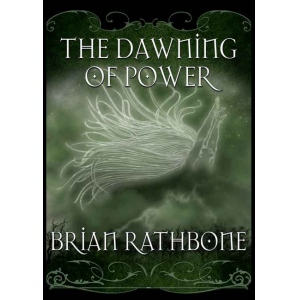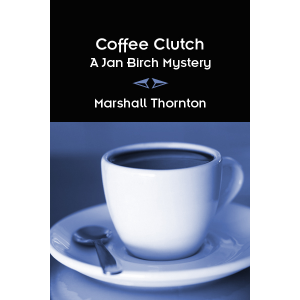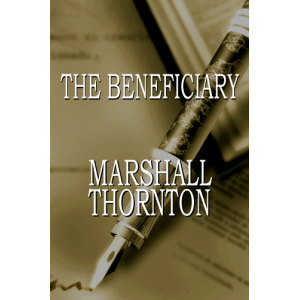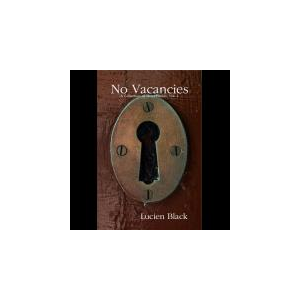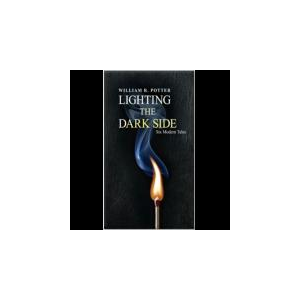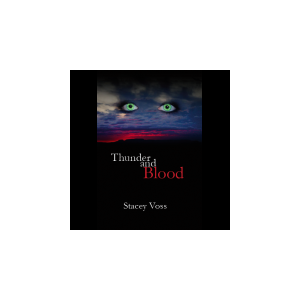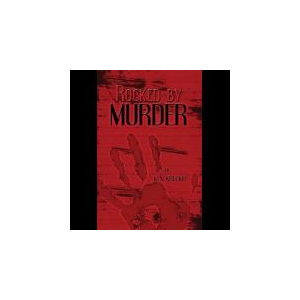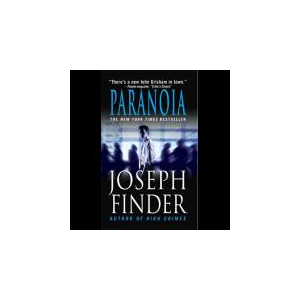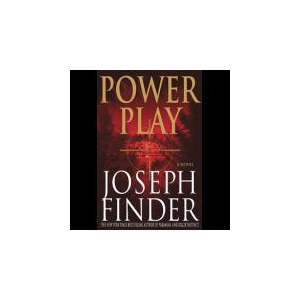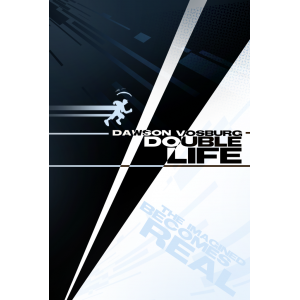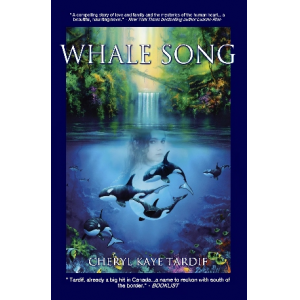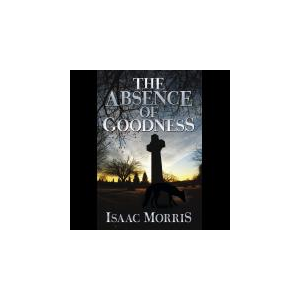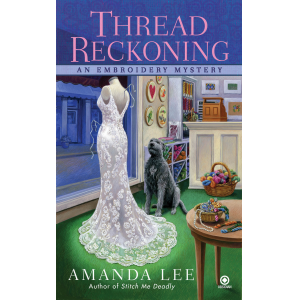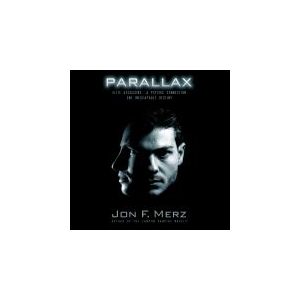Mr Oakley has moved back to the small English villagewhere his family once had roots. Binscombe is a place of cricket and cornershops and after-work pints in the pub. But peel away the wallpaperof the ordinary and you will find cracks in the fabric of what we think of asreality:
Luckily Mr Oakley has the enigmatic figure of Mr Disvan as his guide tothe borderland between the everyday and the uncanny. Part-wizard, part-tribalelder, Mr Disvan is Mr Oakley’s much-needed lifeline to sanity — and at the sametime might just be the scariest of all Binscombe’s many secrets.
The classic Binscombe Tales by John Whitbourn are some of the mostacclaimed and widely anthologized in modern weird fiction. So draw your chairclose to the fireside and settle back tohave your blood chilled and your imagination thrilled by a modern master of the macabre.
The entire series will be published in October as both a 3-volume paperback edition and a 6-part Kindle edition. This story, "Eyes" was originally published in 1989 and anticipates the concept of the Final Destination movies by over a decade.
The Story Behind This Book
There is a real place called Binscombe, located in the south-east of England, but these tales are not about that Binscombe. Instead they concern another Binscombe, linked to the first by subtle but invisible bridges of ‘what if?’ This other Binscombe is a place rich in history, where strangers are welcome, but not always safe; a place where watching a video is not as harmless a pursuit as it might seem, where waiting for the bus may take much longer than expected, and where churchgoers are advised to pay very close attention during the midnight service on Christmas Eve. It is, in short, a place which takes its history very seriously. And with good reason, as the unwary are apt to find out to their cost. No one takes Binscombe and its history more seriously than Mr Disvan, whose encyclopaedic knowledge of the village and its past seems to have been acquired through more than simply reading history books. Our view of Mr Disvan and Binscombe life is filtered through the eyes of our narrator, Mr Oakley, a newcomer whose family has long had roots there, and who thus proves the truth of a local saying: ‘They always come back’. His local connection gives Mr Oakley an opportunity to see some of the stranger side of life in Binscombe, with Mr Disvan as his guide. But it also shows him that once you come back, it isn’t always possible to leave again. The Binscombe Tales are stories in the tradition of Clarke’s White Hart and Pratt & de Camp’s Gavagan’s Bar — themselves inspired, no doubt, by the tall tales of pioneer broadcaster A J Alan and Lord Dunsany’s Jorkens yarns. John Whitbourn’s stories are inventive, often whimsical, but unlike those earlier series there is a real bite to them. The Binscombe Tales will entertain you, but also they will unsettle you. Characters and relationships develop, usually not quite as you expect. The crackling fire and the convivial clink of glasses in the Duke of Argyll (the Binscombe local) often mask a truly icy undercurrent of the macabre. As a writer, John Whitbourn is original and ‘marvellously inventive’ as The Times reviewer put it. For example, see his story ‘It Has Been Said’, originally published by the Haunted Library in 1989, which anticipated the premise of the Final Destination movies by over ten years; or ‘Hello Dolly’, first published in the Fifth Book of After Midnight Stories, which happened to precede Amy Pond’s domestic nightmares on Doctor Who by almost two decades. Combine that with his dry wit and engaging narrative voice, and you have the essence of what it is that elevates the Binscombe Tales out of genre into literature. Everyone who reads one of these stories will immediately recognize a fresh and authentic voice in English horror-SF-fantasy. And yet, until now, only a small cult readership has experienced the special delights, dreads and wonders of the Binscombe Tales series. Originally issued as limited-edition hardcovers thirteen years ago, the books were long out-of-print and fiercely sought by collectors. Now they are available again both in paperback (three volumes) and on Kindle (six ‘e-chapbooks’) from Spark Furnace Books, allowing them to reach the wide audience they deserve.

